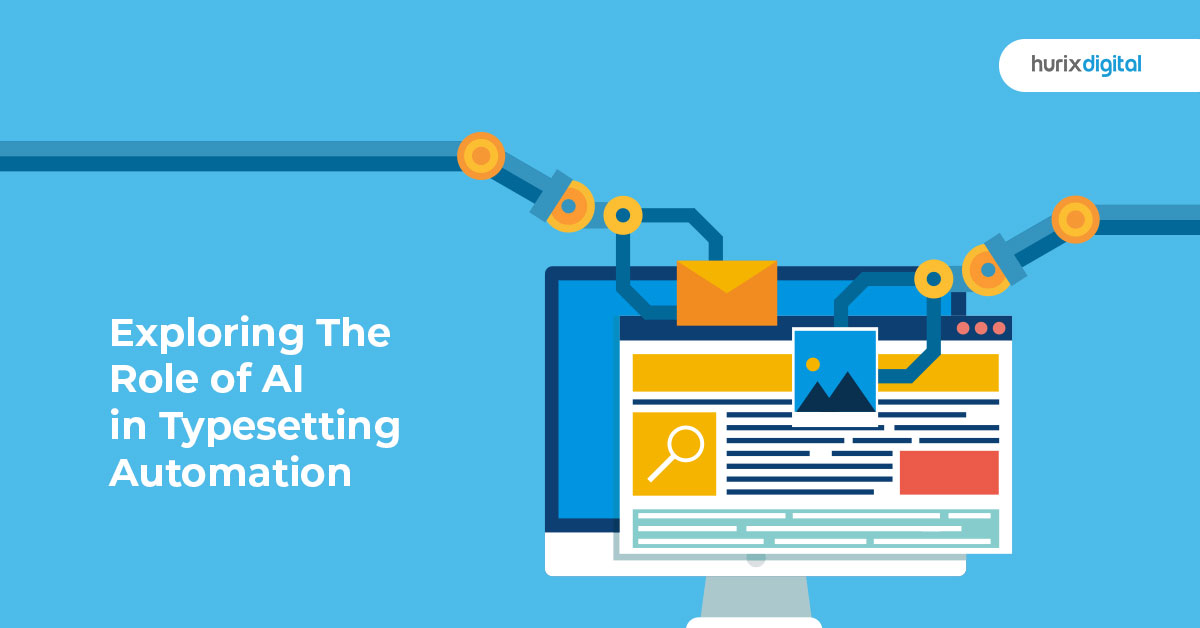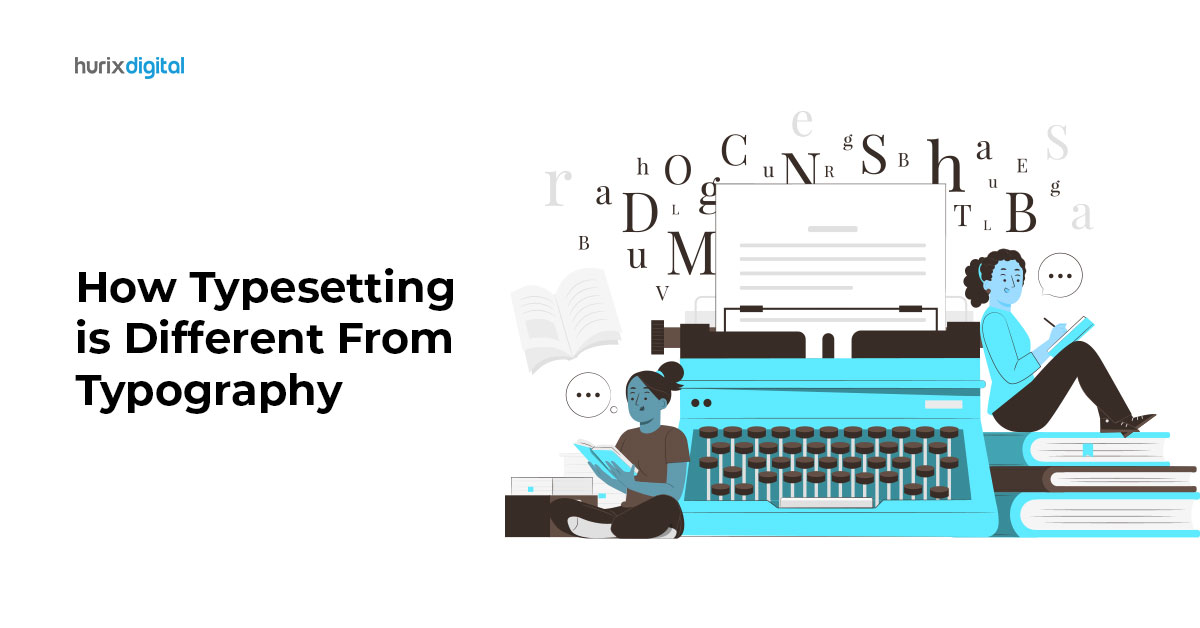
Exploring the Role of AI in Typesetting Automation
Summary
This article is a detailed guide to typesetting automation, discussing everything from selecting fonts to formatting text. It also highlights the significance of typesetting and explores the impact of AI on automating the typesetting process.
Technologies like AI are slowly taking over every industry – with the global AI market projected to reach a value of $1,811.8 billion by 2030 – and the publishing industry is no exception. In the publishing industry, the impact of AI is more prominent in the typesetting or formatting process.
The typesetting process has come a long way, from being done manually to now being done by software and machines automatically. The increasing level of automation in typesetting has spurred an avalanche of well-formatted and well-designed books in the market.
In this scenario, if you want to gain a competitive edge, you need to leverage AI in typesetting automation. To become a successful author or designer or to hold that position, read on to become familiar with the basics so that it’s easy to understand the role of AI in typesetting automation later.
Table of Contents:
- What is Typesetting in Publishing?
- What is a Typesetter?
- What is Automation in Typesetting?
- Role of AI in Typesetting Automation
- Conclusion
What is Typesetting in Publishing?
Typesetting is a process that plays a vital role in the publishing industry. It takes place after the manuscript’s final draft is edited. The method of typesetting usually entails choosing and formatting fonts, spacing, margins, page trim size, and arranging tables, images, and other graphic elements. This generates a printed or digital document that is readable and aesthetically pleasing.
Carrying out this process enhances your readers’ reading experience and gives your book a professional and eye-catching appearance.
What is a Typesetter?
A typesetter is a person who specializes in the process of typesetting. The person provides typesetting services to produce well-organized, aesthetically beautiful text that is simple to understand. While delivering such services, the person also answers every query, like something as simple as the Adobe program used for typesetting.
In the past, typesetters used and manually positioned individual metal or wooden type blocks to produce printed pages. In today’s digital age, however, typesetters use typesetting software programs like Adobe InDesign, QuarkXPress, LaTeX, and other AI platforms.
These AI tools facilitate the formatting of text, graphical elements, typography, font recognition, and layout design.
Also Read: Automating Multilingual Typesetting: Challenges and Solutions
What is Automation in Typesetting?
The whole purpose of automation is to remove the need for human intervention for repetitive, tedious, and time-consuming tasks. Automation tools used in typesetting handle these tasks traditionally carried out by typesetters.
With the help of automated typesetting software, the content of a manuscript can be formatted automatically. This ensures a greater degree of accuracy, efficiency, and productivity.
Role of AI in Typesetting Automation
Artificial Intelligence refers to the computer programs created to resemble human intelligence. Computer programs use models and algorithms to learn from data, make judgments, and accordingly carry out activities.
In the typesetting industry, AI, with its intelligent processes, plays a significant role in the following ways.
1. Layout Design
AI algorithms study the existing layouts, formats, and user preferences. Using them as a reference, they can analyze the structure and content of the document.
By doing so, they can identify the number of headings, images, paragraphs, length of the text, page numbers, and other elements used in the content. This analysis and identification help them determine the best layout and formatting structure to transform a plain-looking document into a professional-looking book.
2. Selection of Fonts
AI algorithms analyze the content and factors like style, readability, and target audience. Based on this analysis, they choose the most appropriate font for the text.
For example, if the content is for a non-fiction high-school textbook, the font selected would be formal, like Arial, Verdana, etc.
On the other hand, in the case of a children’s fiction book, a more playful font like Caroni, Linotte, etc., would be appropriate and chosen for the entire text in the book.
3. Alignment of the Text
AI algorithms align the texts to create visually appealing books. By analyzing the context of the document besides content, AI algorithms can align chapter titles, body text, paragraphs, and footers.
They can further adjust the margins, line breaks, text justification, spacing between words, hyphenation, and many more text elements to create a balanced text alignment for the book.
4. Alignment and Generation of Graphics
AI algorithms align and position the graphical elements based on their analysis of the content and context of the document. They can resize (crop or broaden) the images, graphs, diagrams, and charts to ensure they fit aesthetically between the paragraphs.
They can also generate graphics based on the content if you require them. For example, if the content is for a K12 geography lesson, they can create realistic and immersive images of the earth, its cores and layers, and other related images.
5. Proofreading and Error Eradication
AI algorithms proofread your document to eradicate the presence of human errors. They run checks for spelling, grammar, and language translation errors and refine the document by correcting such mistakes.
They also ensure consistency in paragraphs by rectifying inconsistent font usage and eliminating the presence of orphans and widows.
By running the necessary quality checks, AI algorithms enhance the accuracy and quality of your document to the standard of the publishing industry.
6. Creation of Accessible Documents
The role of AI in graphic design cannot be emphasized enough. AI algorithms can help you create the most complex yet appealing designs for your book with the least effort.
Not only this, but they can format or typeset your content in a very accessible way. This ensures that people with disabilities – 16% of the world’s population – are not left behind and can read and enjoy their work.
Also Read: AI-Powered Copyediting: Redefining the Editor’s Role
Conclusion
AI technology offers immense assistance in typesetting automation, but the best work often comes from a mix of human creativity and technological precision.
While AI algorithms are more than capable of making decisions and carrying out book typesetting, the collaboration of AI with human oversight, judgment, and creativity in deciding factors like layouts, formatting, and designs can take your book to new levels of quality and success.
Hurix Digital, the trusted choice of global companies provides customized digital prepress services to meet your publishing needs. If you want to convert your manuscripts into quality print-ready formats with its AI tool, get in touch today.

Vice President – Digital Content Transformation. He is PMP, CSM, and CPACC certified and has 20+ years of experience in Project Management, Delivery Management, and managing the Offshore Development Centre (ODC).







